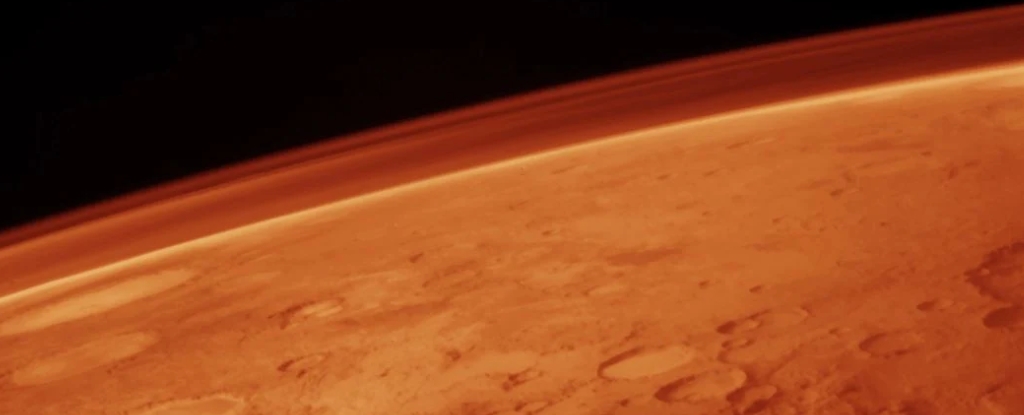ARTICLE AD
This Valentine’s Day, there will be more than love in the air, with SpaceX scheduled to launch a Falcon 9 rocket carrying Intuitive Machines’ IM-1 Moon lander. Should Odysseus successfully touch down on the lunar surface eight days later, Intuitive Machines will achieve a first in commercial space travel—a a feat that would follow a series of ill-fated attempts at the title.
China's Plan to Land Astronauts on the Moon
The multi-day launch window for Intuitive Machines’ much-anticipated IM-1 mission begins at 12:57 a.m. ET on February 14, at NASA’s Kennedy Space Center in Florida. SpaceX’s Falcon 9 will take off from Launch Complex 39A, as Intuitive Machines announced today in a press release. The pending IM-1 mission represents the Houston-based company’s first attempt at a lunar landing.
The Nova-C class lunar lander, dubbed Odysseus, will attempt to deliver 12 payloads to the lunar surface, six of which belong to NASA. Should the mission succeed, the IM-1 lander will boldly go where no commercial lander has safely gone before. For you see, the Moon is a treacherous, unforgiving place, with all three previous private attempts at soft Moon landings ending in failure.
The roll call of doom includes Israel’s SpaceIL Beresheet lander, which crashed in its April 2019 descent; Japan’s ispace Hakuto-R M1, meeting a similar fate in April 2023; and most recently Astrobotic’s Peregrine, thwarted by a propellant leak shortly after its January 8 launch, which instantly ruled out a lunar landing attempt.
Should the 1,488-pound (675-kilogram) Odysseus perform a successful soft landing, Intuitive Machines will also become the first company to achieve success under NASA’s Commercial Lunar Payload Services (CLPS) program. Through this initiative, NASA partners with private companies to deliver science, technology, and other payloads to the Moon, fostering some healthy competition and boosting lunar exploration in general. In addition to Intuitive Machines, U.S. companies Astrobotic, Firefly, and Draper are involved in CLPS, with Astrobotic notably being the first to launch under this program, though its mission ultimately fizzled out. Japan’s SLIM lander successfully reached the lunar surface last month, but this was a public endeavor managed by the country’s space agency, JAXA—and even that mission barely escaped the jinx.
Related article: Peregrine’s Failure Won’t Derail NASA’s Outsourced Space Dreams
Speaking to reporters on Tuesday, Julianna Scheiman, director of civil satellite missions at SpaceX, said a final test—a wet dress rehearsal—will be completed on Wednesday, February 7. Scheiman said the test will confirm that the IM-1 lander can be fueled directly on the pad, a process that required specific changes to the setup at the launch pad. The company has completed all integration milestones, with the lander now packed and waiting inside the Falcon 9 fairing (save for the aforementioned fueling).
Should the Falcon 9 not launch on Valentine’s Day, subsequent launch windows are available on February 15 and 16. The need for a mid-February launch is the result of constraints imposed by the monthly lunar blackout period, according to Intuitive Machines. The Nova-C lunar lander is “targeted to land near the south pole of the Moon, requiring specific lighting conditions that are only available for a handful of days each month,” the company said. Assuming the rocket blasts off on time, Odysseus should reach the lunar surface on February 22, in what will be a relatively short journey through cislunar space.
After its launch, the spacecraft is scheduled to briefly enter Earth orbit and then undergo a translunar injection, a critical maneuver designed to position it into an orbit about 62 miles (100 kilometers) above the Moon, according to NASA. The targeted landing site is Malapert A crater, situated near the Moon’s south pole. Once there, the lander is expected to function in the sunlight for approximately 14 Earth days, prior to the fatal lunar night setting in.
The lander’s 12 payloads include six scientific instruments for NASA (including a laser reflector array and a stereo camera), and projects from sportswear company Columbia and artist Jeff Koons. Among the more exciting items is Eaglecam—a student-built camera that will be deployed from the lander prior to touchdown and attempt to capture images of the landing.
So we’re all set for the Valentine’s Day launch. Intuitive Machines is hoping for success on its inaugural Moon mission, but for the commercial sector, perhaps fourth time’s the charm.
For more spaceflight in your life, follow us on X (formerly Twitter) and bookmark Gizmodo’s dedicated Spaceflight page.

 1 year ago
88
1 year ago
88 

